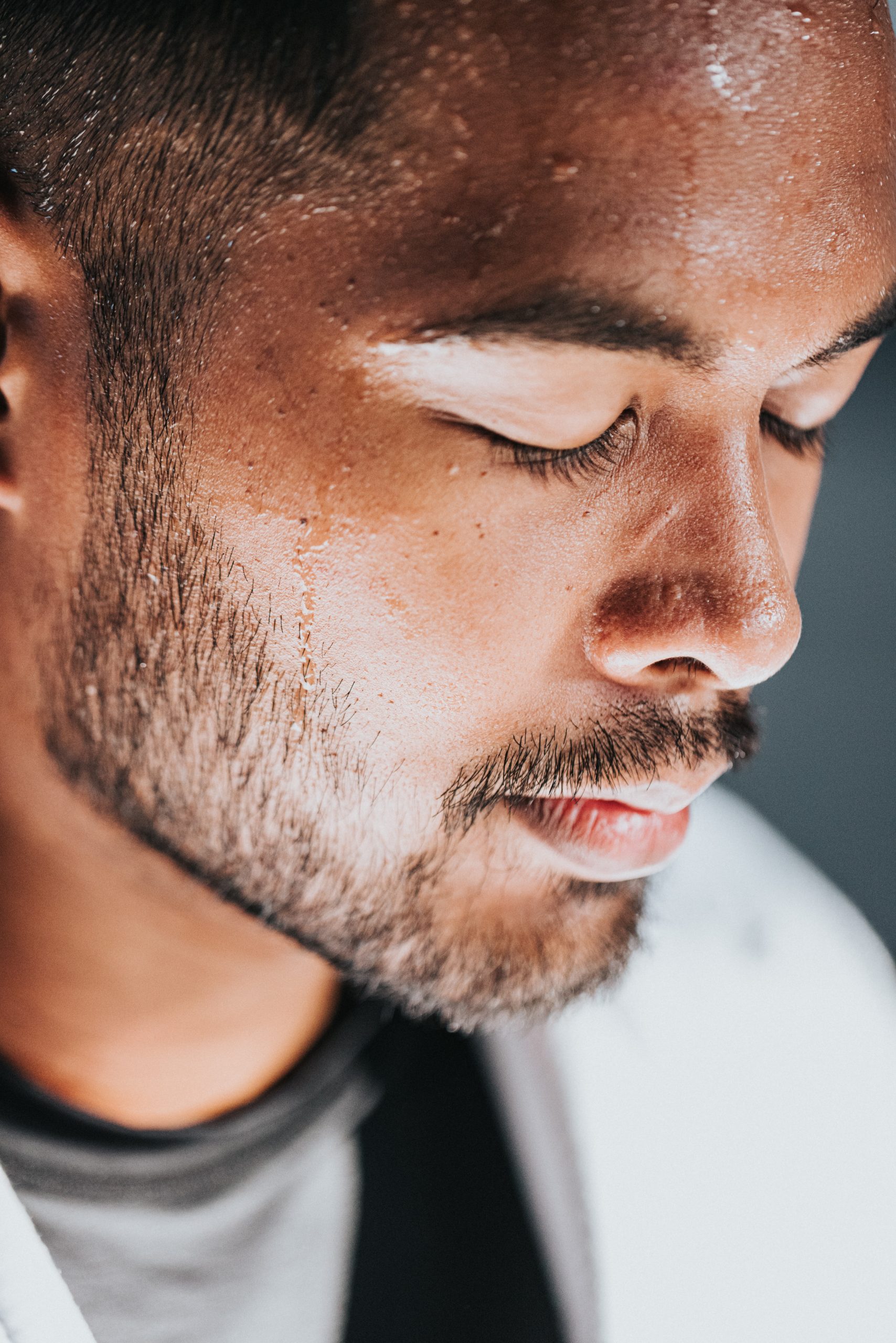It’s not the heat, it’s the air pollution!
It’s not the heat, it’s the humidity air pollution!
Decades ago, when the meteorologists predicted extreme heat, it seemed they only advised on the necessity to stay out of the sun, drink more water, and cool off more frequently (stay in the pool, yayyyy!). Now, heat advisories come with more sinister warnings about air pollution levels, and the outdoors are less fun. How did that happen? The answer lies in meteorology and chemistry, all cooked up in our atmosphere.
Low-pressure systems are quite famous for moving rapidly across the US and bringing devastating weather like severe thunderstorms, hail and tornadoes. They can also sweep pollutants like smoke and smog to other states. High-pressure systems, on the other hand, typically cause stagnant air, which can concentrate pollutants over one area. (scied.ucar.edu) A “Heat Dome” is an area of high pressure that parks over a region like a lid on a pot, trapping heat. (National Geographic) A Heat Dome caused about 600 deaths in June 2021 in the Pacific NorthWest as a 1-in-1000-year event. The heat, which broke Portland’s all time record of 107 degrees, was bad enough, but extreme heat combined with stagnant air during a heatwave increases the amount of ozone pollution and particulate pollution. (metone.com) Here is where the chemistry comes in.
“Ground-level ozone pollution forms when heat and sunlight trigger a reaction between two other pollutants, nitrogen oxide and volatile organic compounds — which come from cars, industrial facilities, and oil and gas extraction. High temperatures therefore make ozone pollution more likely to form and harder to clean up. Drought and heat also increase the risk of wildfire, which can make air quality worse as smoke drives up levels of fine particulate matter — also known as PM2.5, or soot...Both ozone and PM2.5 carry major health risks. Ozone can cause acute symptoms, including coughing and inflamed airways, and chronic effects, including asthma and increased diabetes risk. PM2.5 exposure can lead to an increased risk of asthma, heart attack, and strokes. Globally, long-term exposure to PM2.5 caused one in five deaths in 2018, including 350,000 deaths in the United States.” (Heat waves can be life-threatening for more reasons than one)
Because of the increase in cars and industry, extreme heat forecasts are not just requirements to have bottled water and popsicles on hand and check that our elderly neighbors’ air conditioning is working. It’s a time to make sure that those who have asthma, heart and vascular conditions stay indoors, and that you take the proper air pollution precautions, too.
Unlike outdoor air filled with wildfire smoke, ozone and smog are not as visible and may not affect everyone immediately, but they are dangerous pollutants and shouldn’t be allowed in our homes. Here are some steps you can take to prepare for that heatwave, and the resulting air pollution that often accompanies it!
Seal doors and windows with weatherstripping, caulk and door sweeps.
Find out how to adjust your HVAC system accordingly: you’ll want to close the fresh air intake and change over to recirculation, no matter whether you have central AC, a window air conditioner or portable air conditioner.
Purchase extra MERV 13 filters for your HVAC system, to be used on poor air quality days (caution: read our post on HVAC filters first, as using a filter with too high MERV rating can damage your system).
If you live in an apartment building or condo with little control over the HVAC, consider purchasing vent filter material so you can place them in the vents into your space. The filter material can prevent smaller particulates in smog from entering. Carbon vent filter material will neutralize many VOCs as well.
Purchase a HEPA air cleaner (non-ozone producing type) and be sure to have an extra filter or two on hand. The use of a HEPA filter will take much of the damaging fine particles out of the air you breathe! Whenever there is bad air quality outside, run the cleaner/purifier on high for an hour and thereafter at "quiet"/medium setting (Wirecutter). You can check out our post on standalone HEPA filters as a purchase guide. If you can't purchase one, make one: there are many videos and instructionals online for DIY air cleaners; most only require one or more filters, a box fan, and some cardboard and tape.
Keep a stash of N95 respirator masks on hand. These are a good source of protection if you have to go outside, or if power is cut to your home and indoor air quality gets bad as well. The “95” means it blocks out 95% of particulates.
Keep canned and non-perishable food on hand, so that you don’t have to cook during periods of bad air quality. Cooking indoors increases small particulates and vapors in the air, and you won’t want to turn on your stove exhaust, as that will draw polluted outdoor air into the house.
If air quality is very poor (check next point), you’ll want to evacuate to a place with clean, filtered air, like indoor malls, libraries, community centers, civic centers and local government buildings (sfgate.com).
Check your local air quality and receive updates from airnow.gov . Using an Air Quality Index (AQI) as a measuring tool ranging from 0-500, your local forecast and larger maps can be color coded to show whether an area is good (green), moderate (yellow), unhealthy for sensitive groups (orange), unhealthy (red), very unhealthy (purple), and hazardous (maroon).
Photo by Call Me Fred on Unsplash


